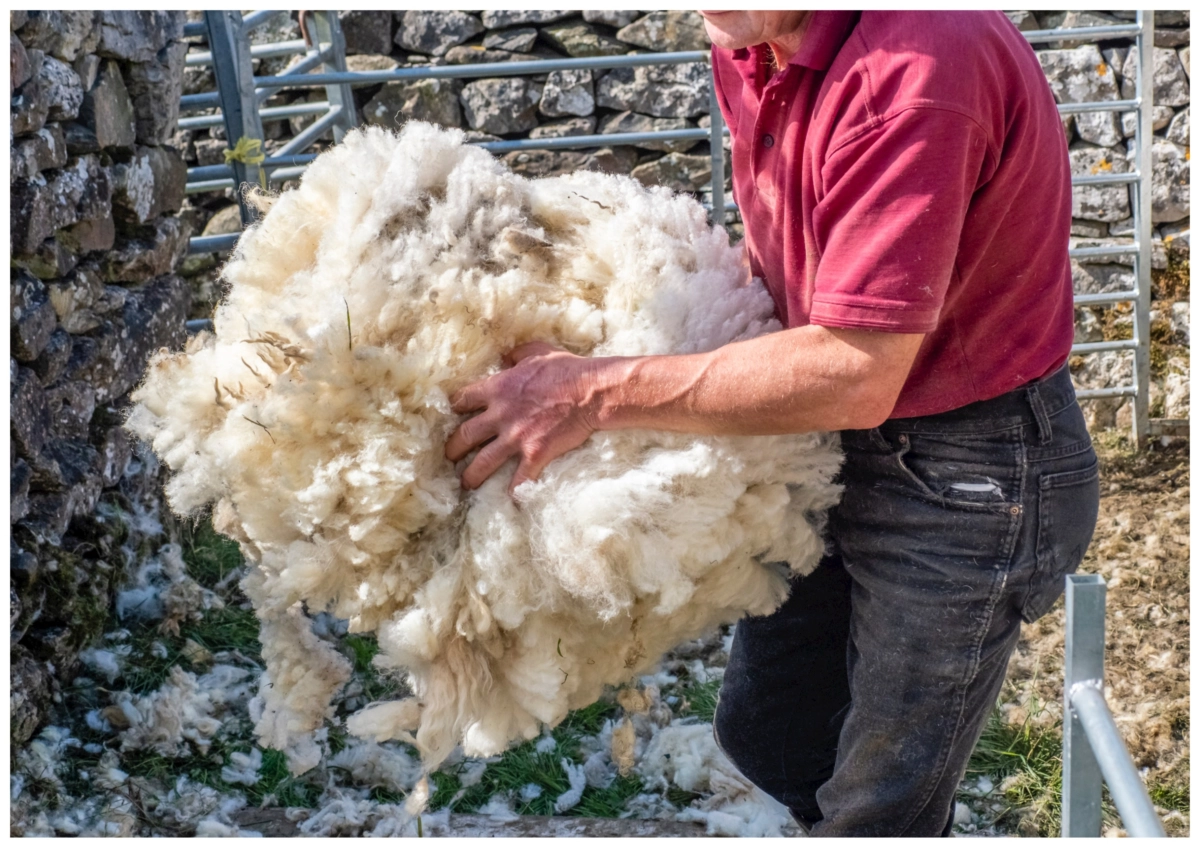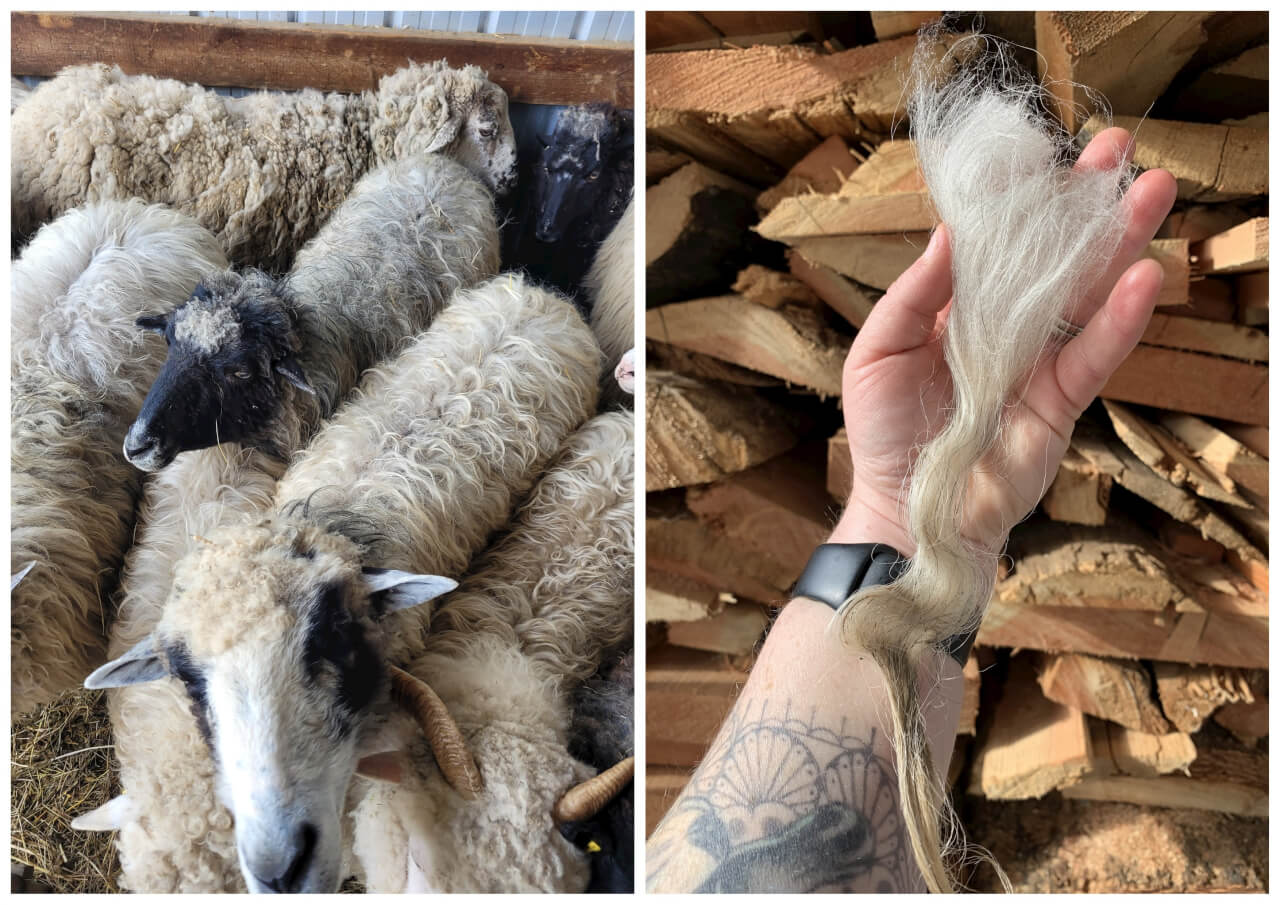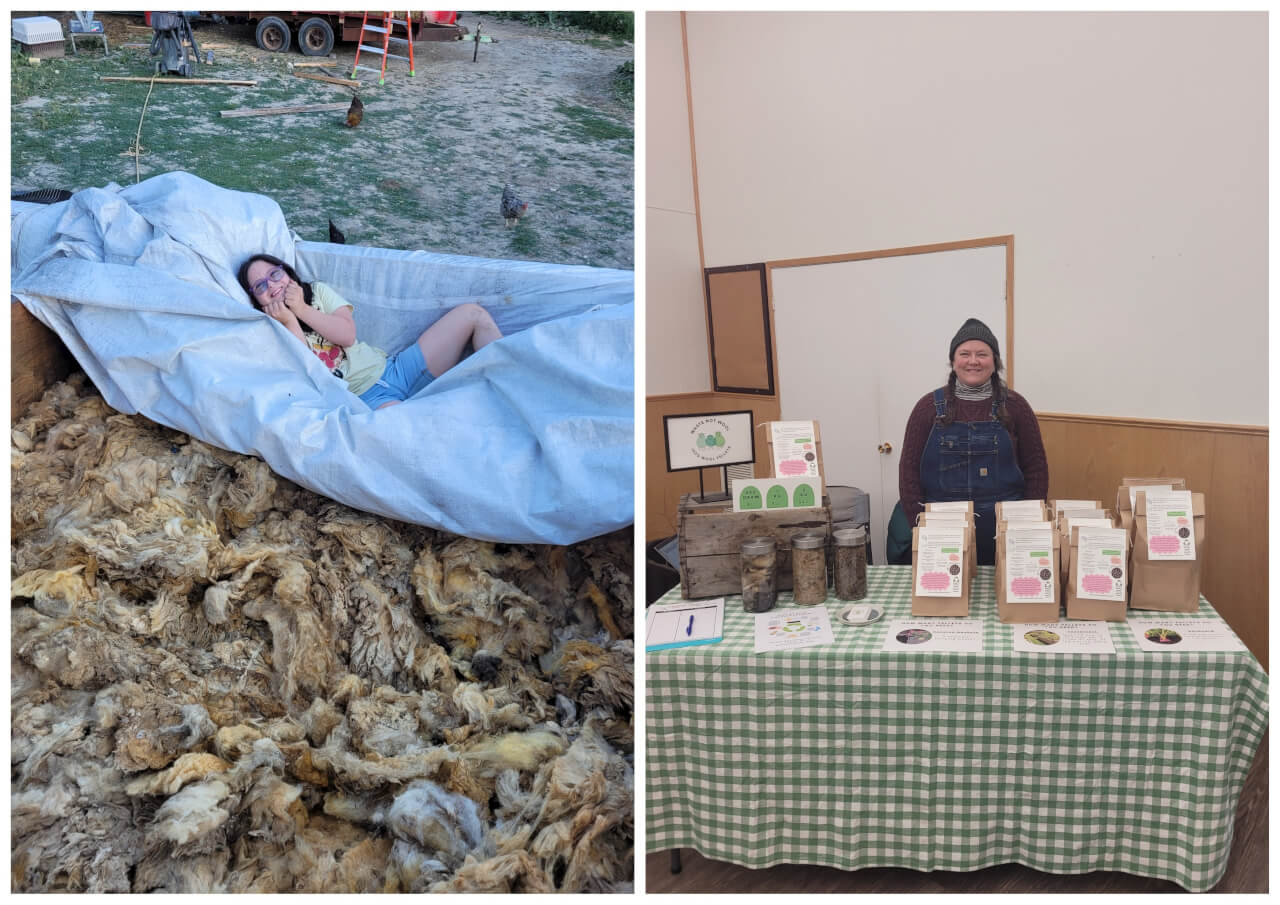‘Waste Wool’ is a Burden for Farmers. What if it Could be a Solution Instead?
Sheep farmers across the US and Canada often end up burning, burying or stockpiling wool. Entrepreneurs, researchers and community groups are working to flip the script by transforming discarded wool into a different kind of fertilizer.




As an architect looking for greener materials, I’ve been intrigued with wool as an in dilation material, especially as a retrofit solution in older houses that are not tightly sealed like today’s homes( though it would work fine for those too). Wool is naturally fire resistant, non toxic, and also able to absorb and dissipate large amounts of moisture. Why is this a plus? Many old houses do not have a vapor barrier. Installing one can cause a buildup of moisture within walls, ceiling or roof structure, eventually causing rot. Wool can absorb this moisture and it can then dissipate… Read more »
I use my neighbor’s “waste” wool as a deer deterrent on my fruit trees. I just drape pieces of unwashed, totally unprocessed, wool straight from the sheep hind end on my fruit trees. It looks like I have moss hanging from my trees in Michigan. Think Savannah, GA. Works like a charm.
I am not a farmer, but I found this article very interesting. It is a shame, if no one is using wool in clothing manufacture. Is wool still used to make blankets? Wool seems a much better material for clothing and blankets, because it ‘breathes’, unlike many synthetic fabrics.
I’ve recently read about people, mostly women, who live in areas with oil spills cutting and donating their hair because it is great for soaking up oil. Some of that was beautiful hair. What is “waste” wool could be used instead to SPARE THE HAIR [my slogan, but not trademarked or copyrighted].
I used the wool as barn insulation in the lambing pen area.
It’s amazing to see wool, especially strong wool, becoming a benefit to both farmers and farming!
I like to put “waste wool” into the bottom of flower pots. It helps to grow the plants, stop dirt and water from running out and it breaks down by the end of the season. A friend thickly lines raised garden beds with “waste wool” and wraps them in chicken wire (the chicken wire is the edge of the garden bed, no wood). He has the best squash and zucchinis. He also insulated his entire barn with this wool.
Women taking the lead in pelleting and the wool industry in general is very encouraging. I’m happy to say that we initiated the first academic greenhouse trials using wool pellets in North America. Additionally,in 2024 we are doing field trials using wool pellets in a hayfield and grazed pasture setting. We have at least one market gardener doing field trials this year. Our preliminary Life Cycle Analysis (LCA) of wool pellets, when grown, processed, and used locally, sequesters more carbon in the soil than without, even when raising the sheep and transportation of wool is accounted for. Wool is such… Read more »
It’s great to read articles show wool uses but as a shepherd, one problem is making connections for places buying or wanting excess wool. My area has no Fibershed connections to use fleeces. Or, there’s a big outlay of money to get wool to someone who will use it.
So what happened to Leanne’s wool for yarn business? Why did she need to turn it into something else if it was selling out? Did she and the farmers who had the sheep actually make money from that business? Although it is good that wool would not go to waste with the soil amendments, I think it is somewhat sad if we won’t be able to get wool yarn at all. It is already difficult at times, especially for local wool yarn. Hopefully this pellet process uses only truly waste wool.